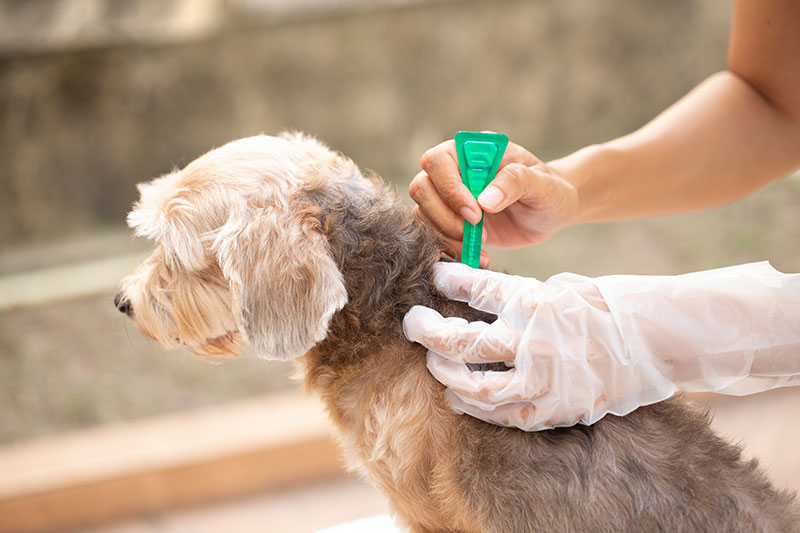Latest blog articles
Lyme Disease in dogs

Alcohol
Lyme disease in dogs is a serious medical condition and with summer around the corner, we all need to take precautions to keep our pets (and ourselves) safe during the warm months. And, if you enjoy hiking and exploring the wilderness to exercise your dog and yourself, then you’ll especially want to learn how to protect yourself and your pet while you trek over the fields and through the woods.
What is Lyme Disease?
Caused by bacteria called Borrelia Burgdorferi, Lyme disease is transmitted to both pets and humans through infected Blacklegged ticks, also known as deer ticks. They are quite small (only a few millimeters across) and easily missed. The deer tick is extremely hardy and is one of the first insects to reemerge during spring, so now is the time to start looking out for them!
The CDC states that bacterial transmission of the disease occurs after the tick has been attached for roughly 36-48 hours, though for dogs some believe it can be within 24 hours of being attached. If left untreated, Lyme disease in dogs can damage the kidneys, heart, and nervous system.
Common symptoms of Lyme Disease
Common symptoms can include:
- Loss of Appetite
- Swelling of Joints
- Generalized stiffness, discomfort, or pain
- Fever
- Reduced Energy
- Lameness
Contact your veterinarian if your dog begins to show these symptoms. The earlier the treatment, the better.
Where to find ticks on dogs
The Kennel Club recommends that you check their feet (and in between toes), around their head, especially near lips, eyes, ears (inside and outside), as well as in between any facial folds, near the anus, and under their tail. Be sure to check their armpits as well and under their collar.
How to remove a tick on your dog
To remove, gently grab the tick with tweezers or your finger nails near the dog’s skin and pull straight out. Do not twist, as this can cause mouthparts to be left in the skin. Once removed, be sure to either squish the tick or put it in rubbing alcohol. It’s always best to wear gloves or use a tissue to avoid coming into contact with any fluids from the tick. There are also tools you can buy that are specifically designed to remove ticks from pets. If you’re unsure or unable to remove the tick, consult your vet immediately.
Precautions against Lyme Disease
If you own a dog, you probably already give your dog monthly flea and tick prevention medication such as Frontline or Advantix. Medication is a great option and does provide protection. However, there are other ways you can actively keep your dog safe against lime disease.
One of the easiest is to avoid the places ticks are most likely hiding in wait. Long, tall grass or densely wooded areas are hotspots for ticks. Give your dog a thorough look over after returning from these areas in case they picked up any unwanted hitchhikers.
Prevention is key
For many dog illnesses and ailments, the more you can do as a responsible dog owner to prevent them, the better quality of life your canine companion will have. Lyme disease is definitely not a walk in the park so do your part and use these tips to enjoy all the wonderful outdoors, tick free.
« back to blog page
